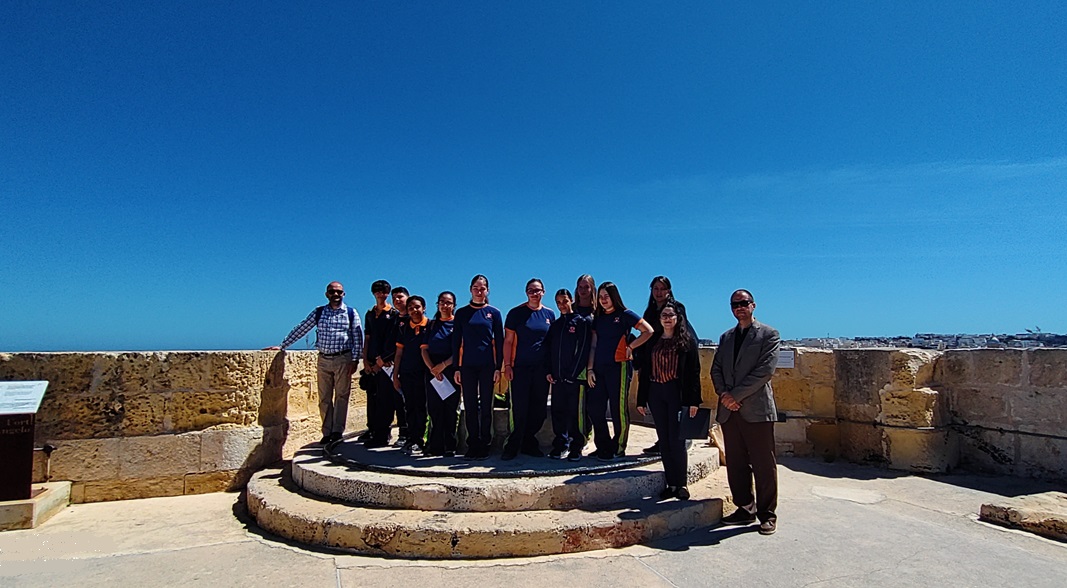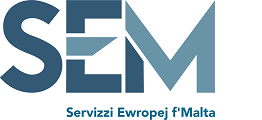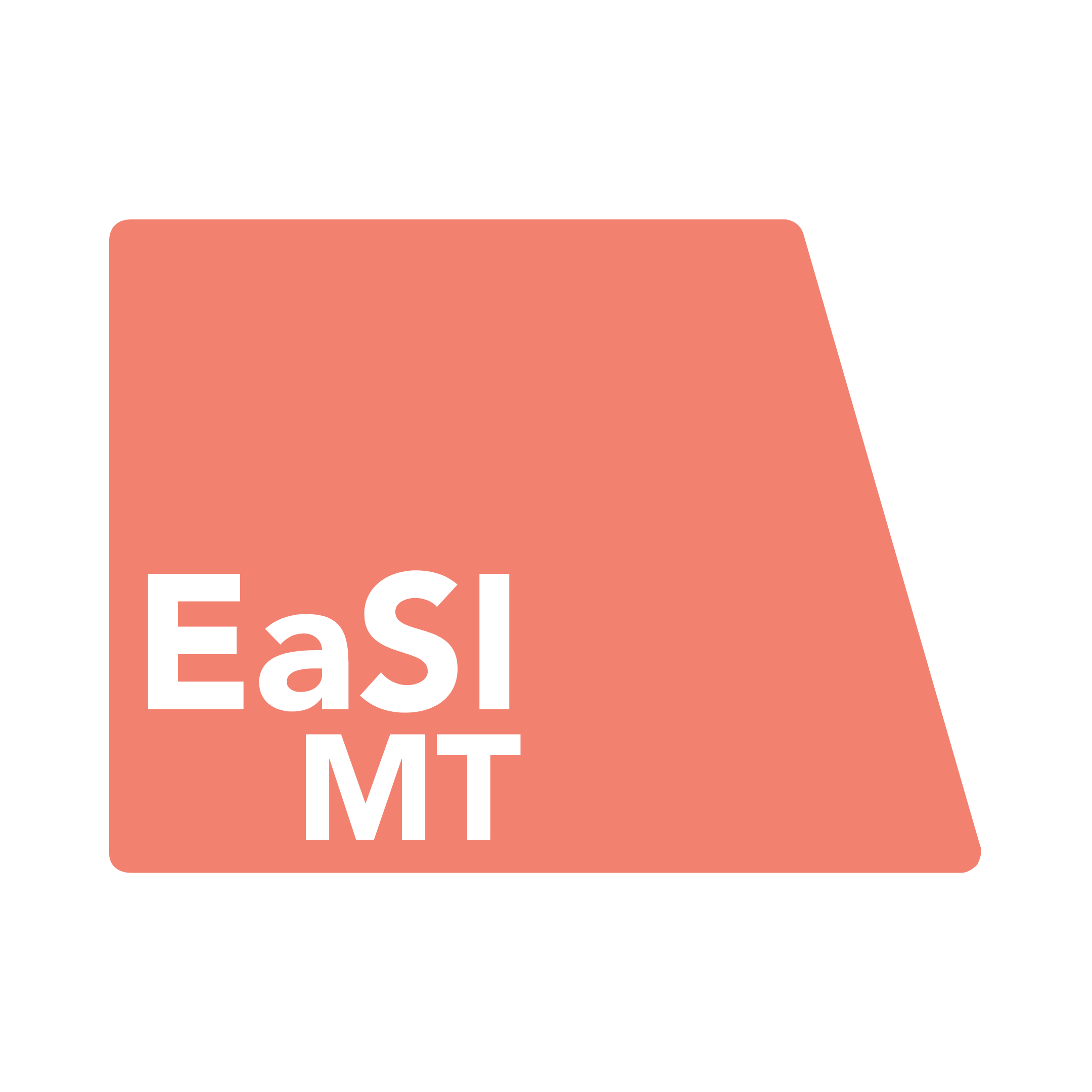Students’ Visit to EU funded sites in Birgu
St Nicholas College, Dingli Secondary School students visited the Malta Maritime Museum and Fort St Angelo

Servizzi Ewropej f’Malta, in close collaboration with Heritage Malta, organised an educational outing for secondary school students to cultural sites which have been restored through EU funds. Through these visits, the students could understand better how EU funds are used for the preservation of our Heritage, while appreciating and learning about our history.
On 8 April, a group of Year 9 students from St Nicholas College, Dingli Secondary School, visited two sites in Birgu which have become accessible to the public through restoration works, partially funded by the European Union. Heritage Malta officials explained to the students how European funds transformed the sites.
The visit started off with an informative tour of the Maritime Museum, allowing the students to understand the significance of such a building as well as the historic artefacts which it safeguards. The Maritime Museum received €2 million in funding provided by the EEA and the Norway Grants, allowing major restoration works to be completed as well as the incorporation of a digitisation project. As a result of this digitisation transformation, visitors can now have a much more interactive experience through a 3D view of artefacts, armour, paintings, and others cultural heritage assets. This was an element of the visit which the students thoroughly enjoyed.
The students then visited Fort St Angelo - another site of great importance to our history. Fort St Angelo was restored through close to €15 million in European Regional Development Funds and national funds. By using these funds, Heritage Malta successfully installed a new electric system and restored 16,000 square metres of fortifications, making it safe to be opened for public visits once again. The students were given a detailed tour of the fortifications as well as an explanation of each section’s past use and its significance which allowed them to understand the cultural aspect of such a visit.
Finally, the students were given a booklet prepared by SEM with a short quiz regarding the European Union and EU funds. In answering these questions, the students had the opportunity to reflect on the importance of EU funds and appreciate the benefits of such initiatives.


